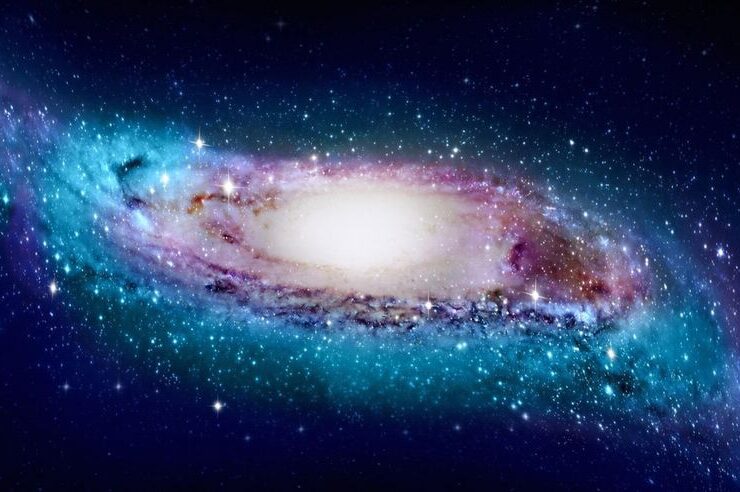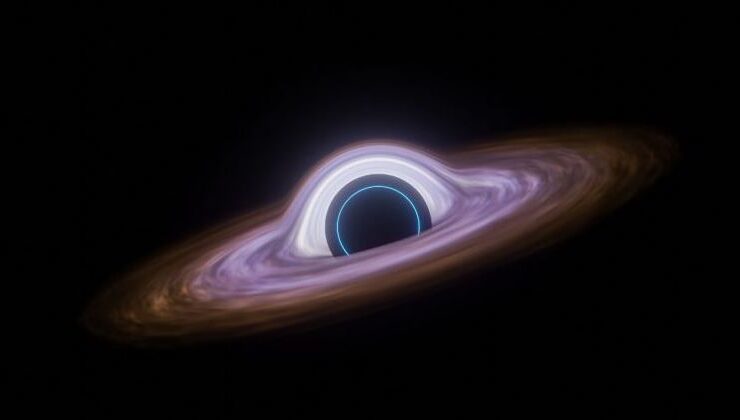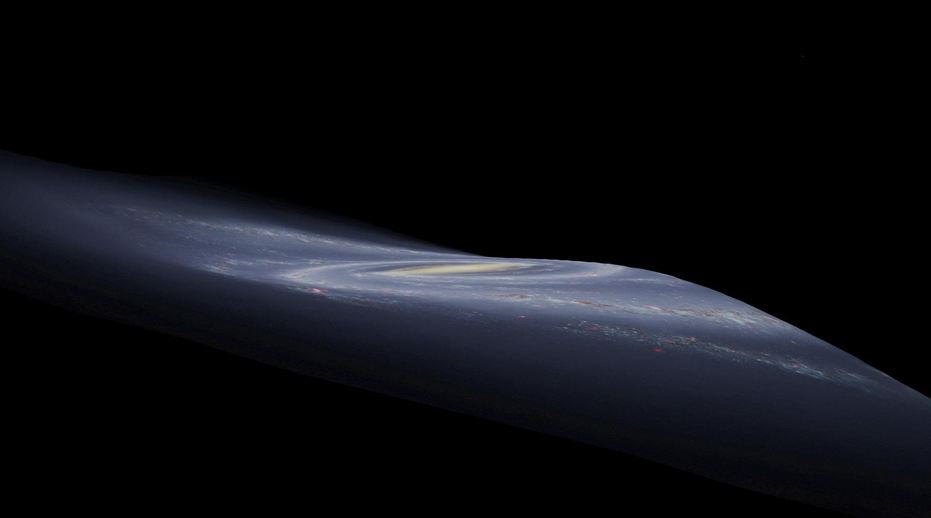The Milky Way is so huge that the human imagination cannot possibly depict it. Our galaxy measures roughly 100,000 light-years in diameter, meaning that it’s so big that nobody would ever be able to go from one of its edges ...
As the Universe unfolds right before our eyes, we could only be fascinated by its beauty or intrigued by its peculiarity. Recent discovery gets right to the odd category of, ‘what’s actually this thing’? Astronomers detected something strange near Milky ...
Magnetars have been in the spotlight for quite some time, and astronomers’ work has been really puzzled by this very rare type of neutron star. So far, we have 24 confirmed magnetars, and the list could soon grow. The recent ...
Our galaxy is a spiral galaxy that comprises a disc of stars, dust, and gas, and its spiral arms are delimited. Initially, scientists believed that the disc was just flat. Later on, they figured out something else. Apparently, the Milky ...
The Milky Way collision with Gaia-Enceladus, also known as Gaia Sausage, holds the key to an ancient secret: when the oldest stars in our galaxy formed. Astronomers discovered recently that many of the stars in the Milky Way were already ...
Searching for alien civilizations? Are you sure this isn’t the perfect scenario for an SF movie? Well, not at all. For the people enrolled in the Breakthrough Listen initiative is a non-stop job. This project has now made several attempts ...
Ever wondered what does it look like inside a planet? How about Saturn’s interior? Recent work of Johns Hopkins University offers now a sneak peek inside Saturn, and things are as great as you can imagine. The intriguing glimpse of ...
Earth has now quite the sneaky neighbour, and astronomers have all the details. A tiny black hole, approximately 1,500 light-years from Earth, in the Monoceros constellation, it’s excitingly close by. As per astronomers’ calculations, we have nothing to worry about, ...
How we imagine the Milky Way galaxy might not be entirely true. Most of us think about the galaxy as a massive central mass circled by a flat disc of stars that twirls around it. That might be the case, ...
WASP-107b is the first fluffy exoplanet ever spotted by astronomers in our galaxy. The exoplanet flaunts quite the traits, and it orbits an orange dwarf star almost 211 light-years away. New research, however, aims to change our perspective about WASP-107b. ...
Astronomers detected an intriguing gas giant planet that orbits a star in a triple star system. As confusing as it might be, such a thing is not that weird at all. The system, dubbed KOI-5, is part of the Cygnus ...



















